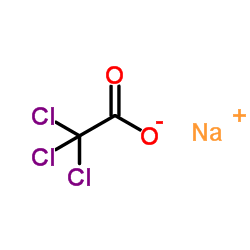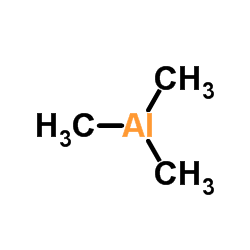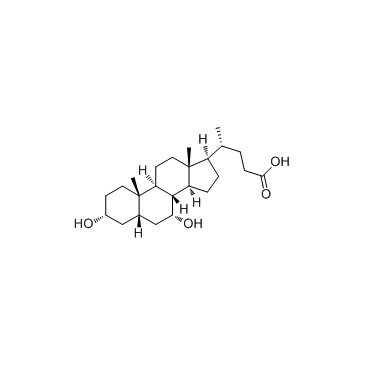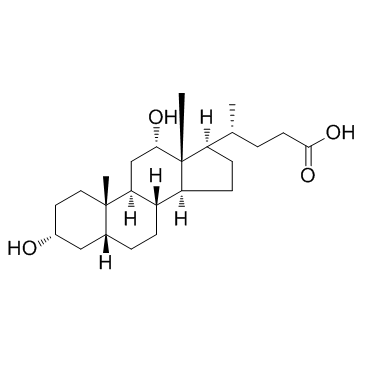| Structure | Name/CAS No. | Articles |
|---|---|---|
 |
Ethanol
CAS:64-17-5 |
|
 |
Ammonium acetate
CAS:631-61-8 |
|
 |
Acetonitrile
CAS:75-05-8 |
|
 |
Methanol
CAS:67-56-1 |
|
 |
Sodium TCA
CAS:650-51-1 |
|
 |
Formic Acid
CAS:64-18-6 |
|
 |
trimethylaluminum
CAS:75-24-1 |
|
 |
cholesterol
CAS:57-88-5 |
|
 |
Chenodeoxycholic acid
CAS:474-25-9 |
|
 |
Deoxycholic acid
CAS:83-44-3 |